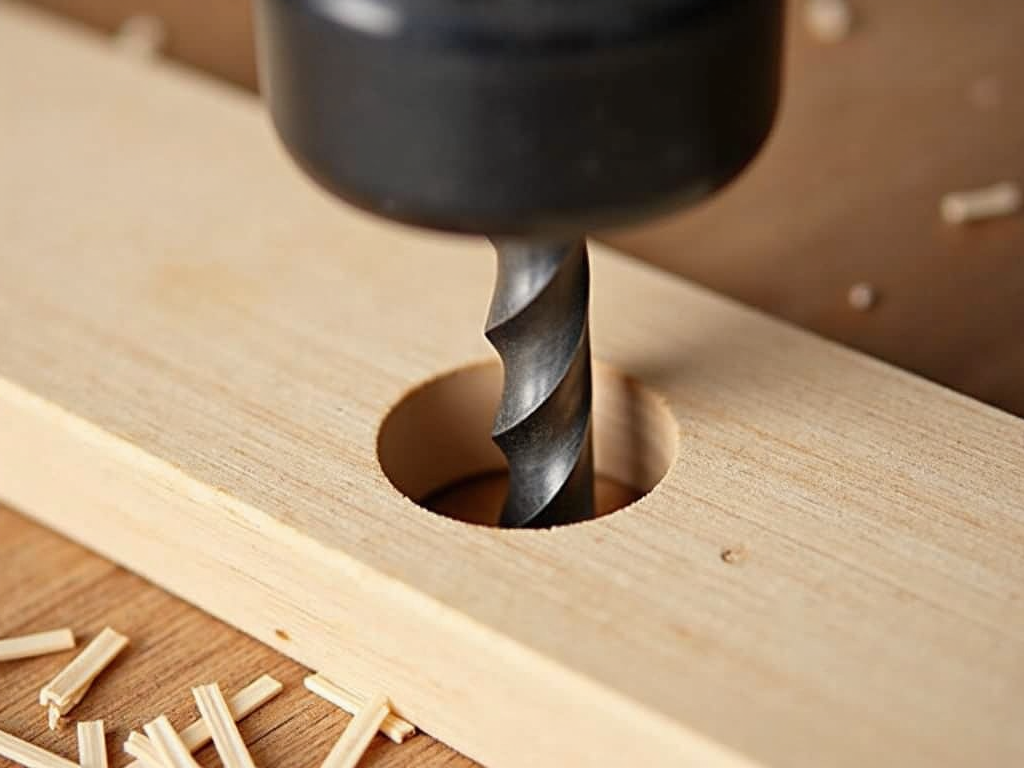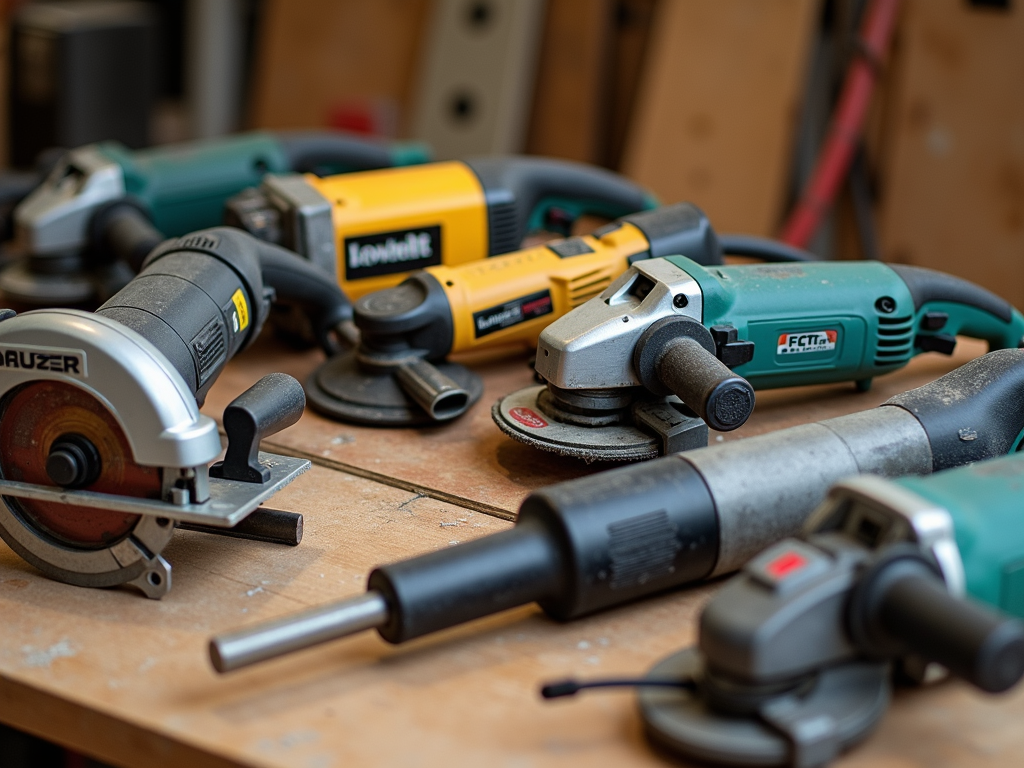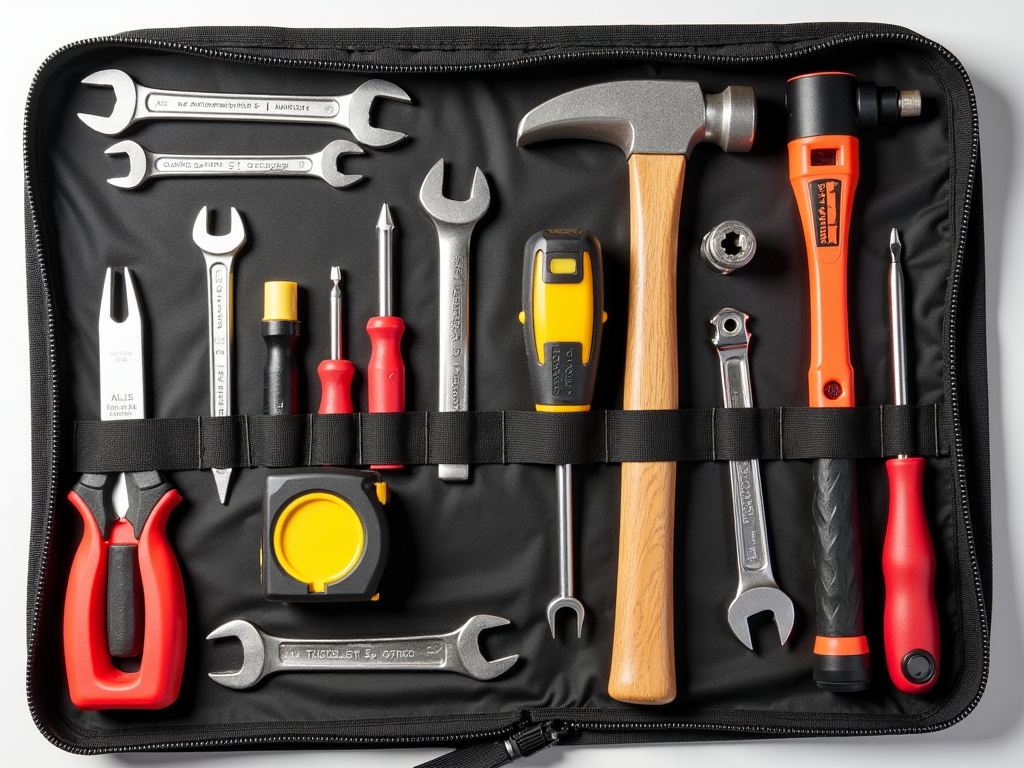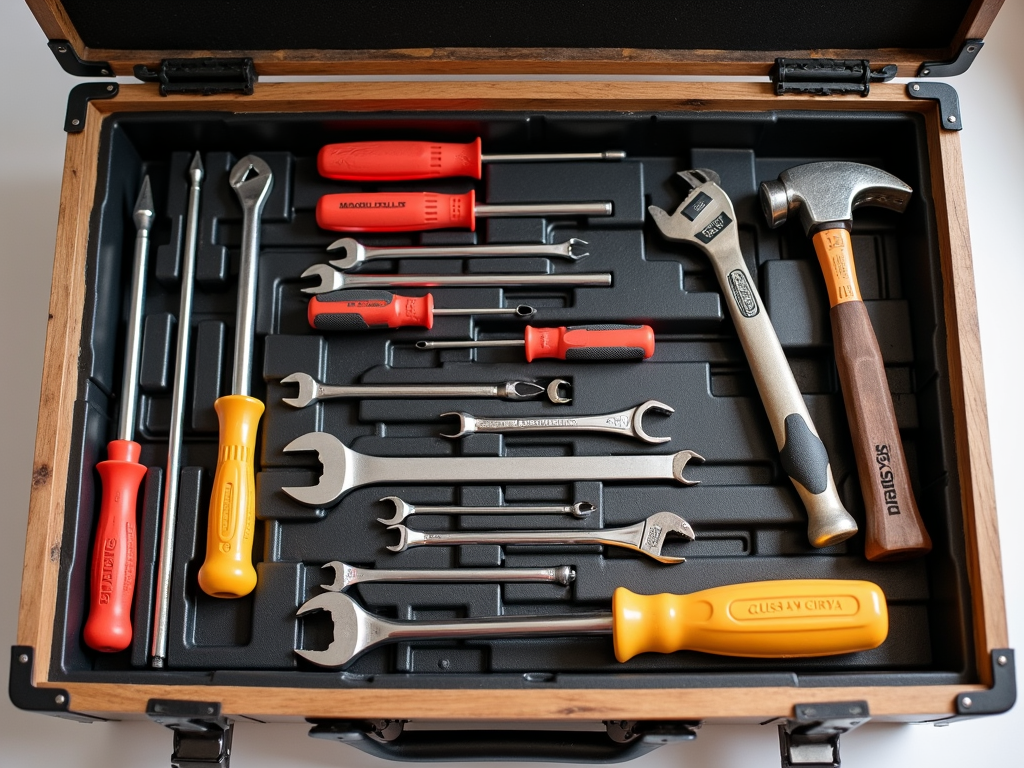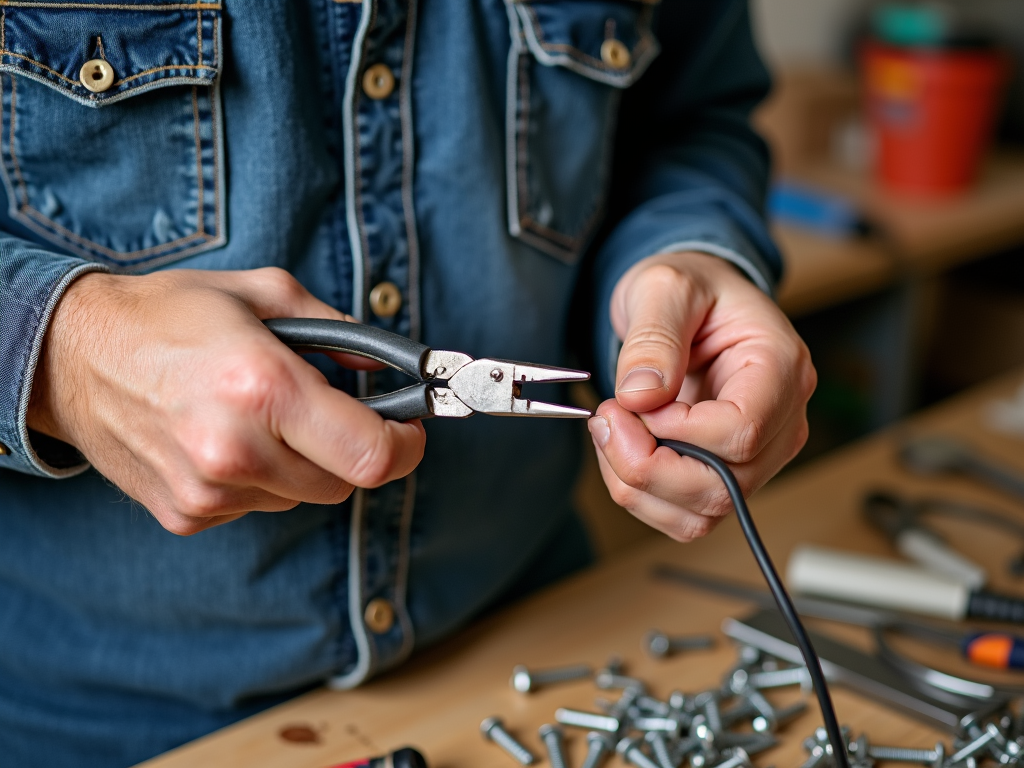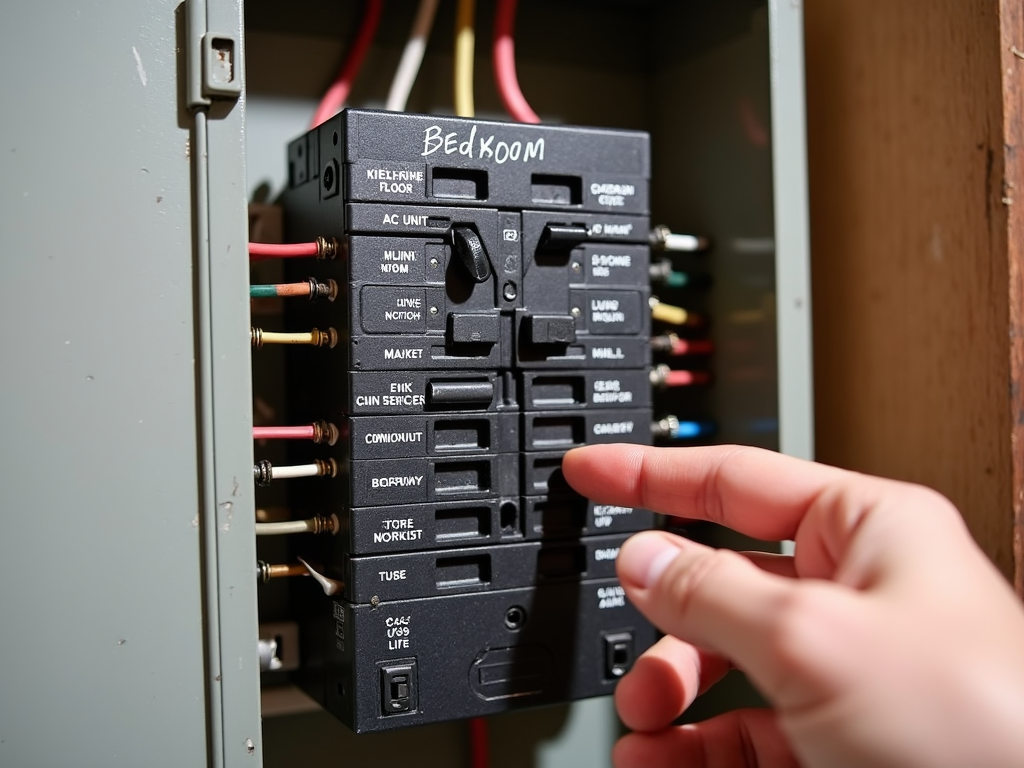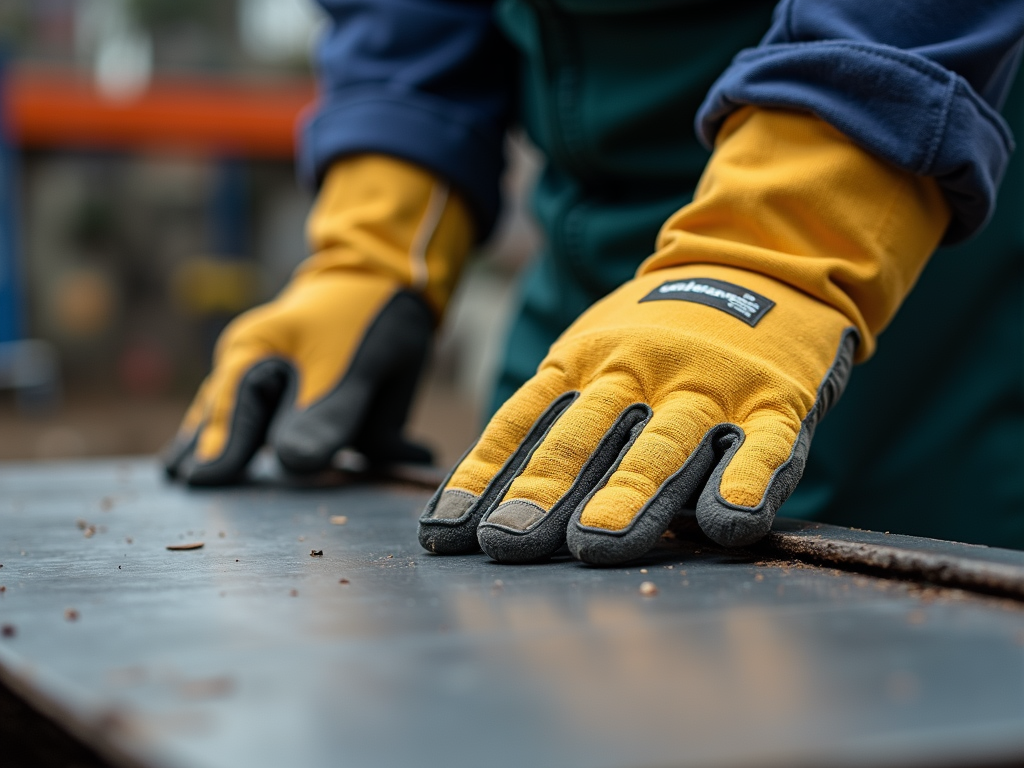Cordless drills are indispensable tools for DIY enthusiasts and professionals alike. However, to ensure they perform optimally and last for years, proper care and maintenance are crucial. In this ultimate guide to cordless drill care, we'll explore essential tips and techniques to keep your power drill in peak condition. From cleaning and battery maintenance to storage and troubleshooting, you'll learn how to maximize the lifespan and efficiency of your cordless drill.

Cleaning Your Cordless Drill
Keeping your cordless drill clean is the first step in maintaining its performance and longevity. Dust, debris, and grime can accumulate on the drill's surface and inside the chuck, leading to decreased efficiency and potential damage.
To clean your drill:
-
Unplug or remove the battery: Always ensure the drill is powered off and disconnected from any power source before cleaning.
-
Wipe the exterior: Use a soft, damp cloth to wipe down the drill's body. Avoid using harsh chemicals or abrasive materials that could damage the surface.
-
Clean the chuck: Open the chuck fully and use a small brush or compressed air to remove any debris inside. This prevents jamming and ensures smooth operation.
-
Inspect the vents: Check the ventilation slots for dust buildup. Use a soft brush or compressed air to clean them, as clogged vents can cause the motor to overheat.
-
Lubricate moving parts: Apply a small amount of lubricant to the chuck and other moving parts to keep them functioning smoothly.
In my years of using cordless drills, I've found that taking a few minutes to clean the tool after each project saves me from bigger headaches down the line. Once, I neglected to clean the chuck, and it started to jam, making it difficult to change bits. A quick cleaning solved the problem, and now I make it a habit.

Battery Maintenance
The battery is the heart of your cordless drill, and proper care is essential to extend its lifespan and maintain performance.
Here are some tips for battery maintenance:
-
Charge correctly: Follow the manufacturer's instructions for charging. Overcharging or undercharging can reduce battery life.
-
Store properly: When not in use, store the battery in a cool, dry place. Extreme temperatures can damage the battery cells.
-
Avoid deep discharge: Try not to let the battery drain completely before recharging. Most modern batteries perform best when kept between 20% and 80% charge.
-
Clean the contacts: Periodically clean the battery contacts with a soft cloth to ensure good connection with the drill.
-
Replace when necessary: If you notice a significant decrease in runtime or power, it might be time to replace the battery.
I learned the hard way that leaving the battery in the drill during long periods of inactivity can lead to drainage. After replacing a couple of batteries, I now always remove the battery and store it separately.
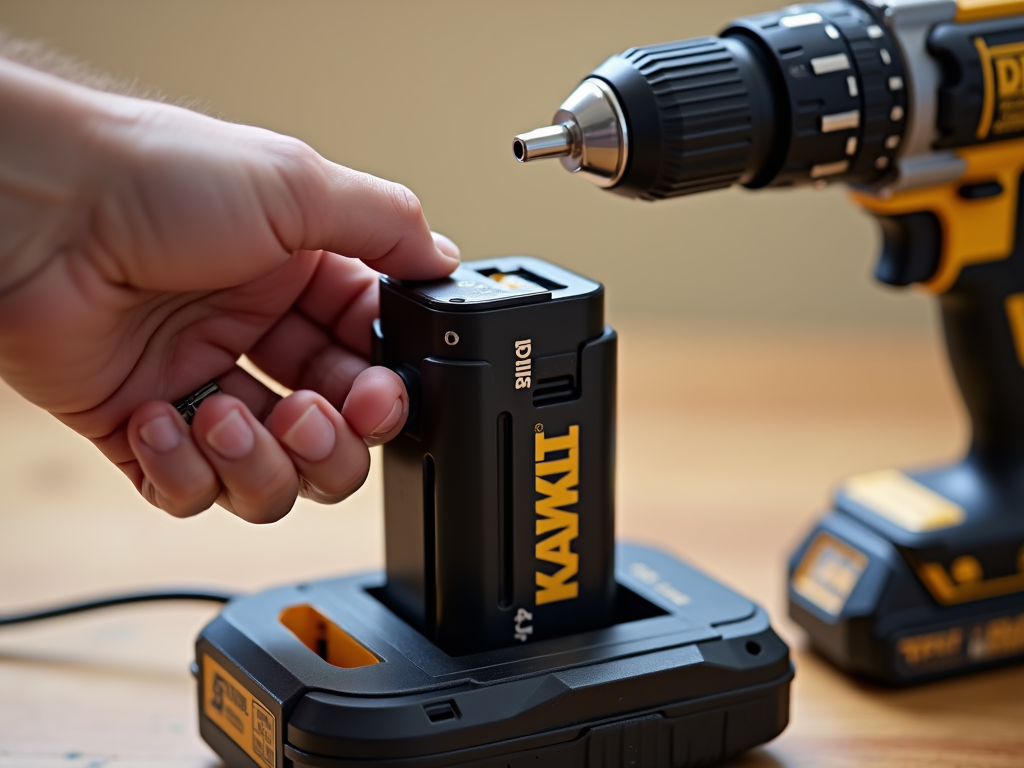
Storage Tips
Proper storage of your cordless drill can prevent damage and ensure it's ready for use when you need it.
Consider these storage tips:
-
Use a case or bag: Store your drill in a dedicated case or bag to protect it from dust, moisture, and impacts.
-
Keep it dry: Avoid storing the drill in damp or humid areas, as moisture can cause rust and corrosion.
-
Remove the battery: If you're storing the drill for an extended period, remove the battery to prevent drainage and potential damage.
-
Organize accessories: Keep bits, chargers, and other accessories organized and stored with the drill for easy access.
-
Hang or shelve: If space allows, hang the drill on a pegboard or store it on a shelf to keep it off the ground and away from potential hazards.
Organizing my tools has been a game-changer. I used to leave my drill on the workbench, but after it got knocked over and damaged, I invested in a sturdy case. Now, everything has its place, and my drill is always protected.

Troubleshooting Common Issues
Even with proper care, you might encounter some issues with your cordless drill. Here are some common problems and how to address them:
- Drill won't turn on:
- Check if the battery is charged and properly inserted.
- Ensure the power switch is functioning correctly.
-
Inspect the battery contacts for dirt or corrosion.
-
Weak performance:
- The battery might be low; try recharging or replacing it.
- Check if the drill bit is dull or damaged.
-
Ensure the chuck is tightened properly.
-
Overheating:
- Allow the drill to cool down before using it again.
- Check for clogged vents and clean them if necessary.
-
Avoid overloading the drill with heavy tasks.
-
Chuck won't hold bits:
- Clean the chuck and lubricate it.
- If the chuck is worn out, it might need replacement.
When my drill suddenly stopped working, I panicked. But after checking the battery and cleaning the contacts, it sprang back to life. It's amazing how simple solutions can fix what seems like a major issue.

Conclusion
Taking care of your cordless drill is essential for ensuring its longevity and optimal performance. By following the tips outlined in this guide—cleaning regularly, maintaining the battery, storing properly, and troubleshooting issues—you can keep your power drill in top shape for years to come. Remember, a well-maintained tool not only works better but also enhances your safety and efficiency on the job.
Related The Ultimate Guide to Cordless Drill Care:
- Safety Tips for Using Power Tools: The Ultimate Guide to Cordless Drill Care
- How to Choose the Right Drill Bit for Your Project
- Maintaining Your Power Tool Collection: Essential Tips for Longevity and Performance
- A Beginner’s Guide to Building Your Construction Tool Kit
- Tool Maintenance Tips for Longevity and Safety
- Understanding the Importance of Advanced Safety Features in Power Tools
- Essential Tools for Every Handyman: A Comprehensive Guide
- The Future of Workshop Equipment: Trends to Watch
- How to Pick the Perfect Screwdriver for Any Task
- A Simple Guide to Your Home’s Electrical Setup
- DIY Projects for Beginners: Getting Started with Basic Tools
- Safety First: Protecting Yourself in the Metalworking Shop

